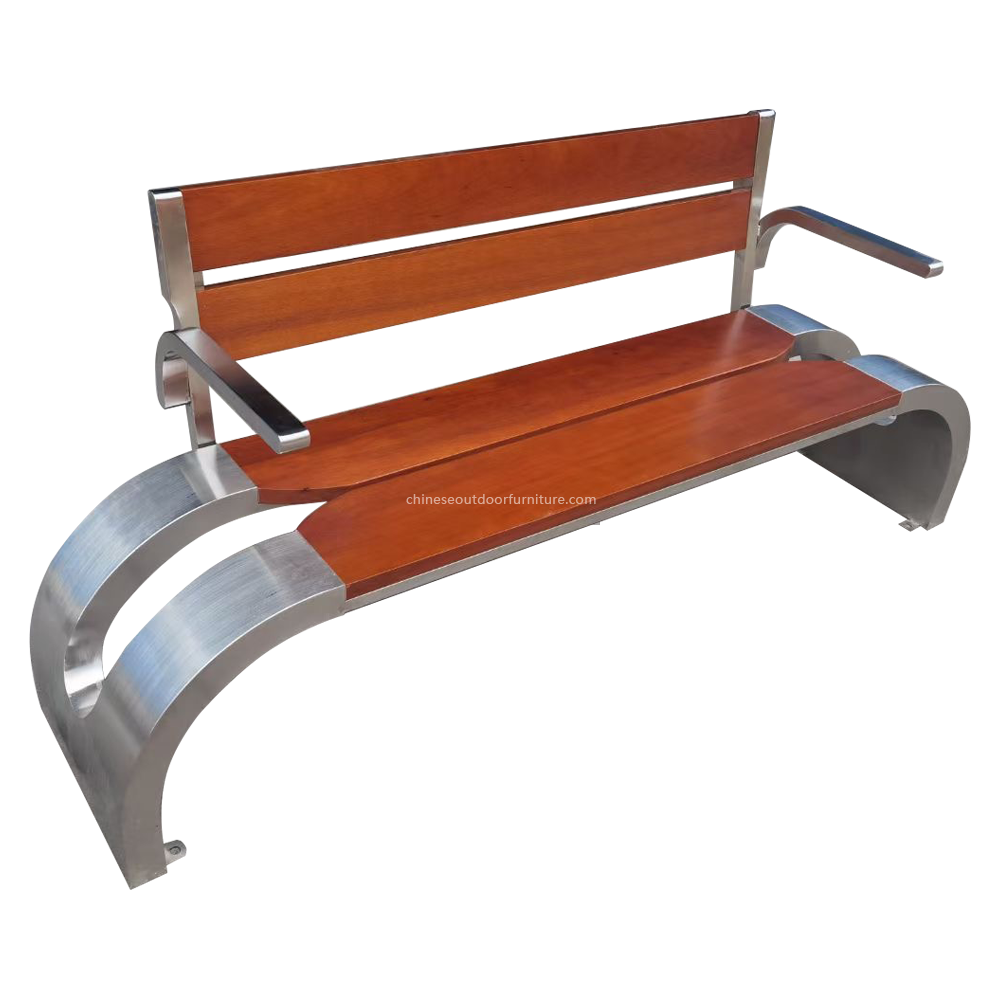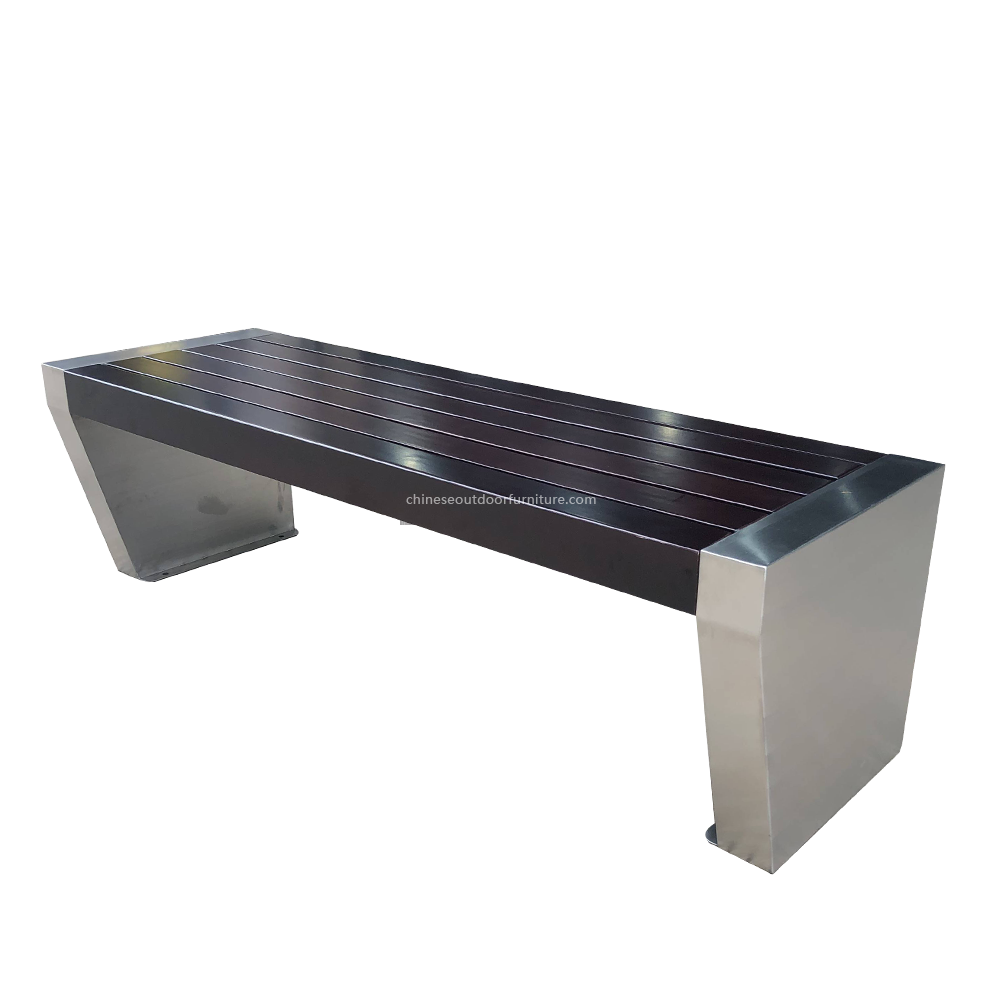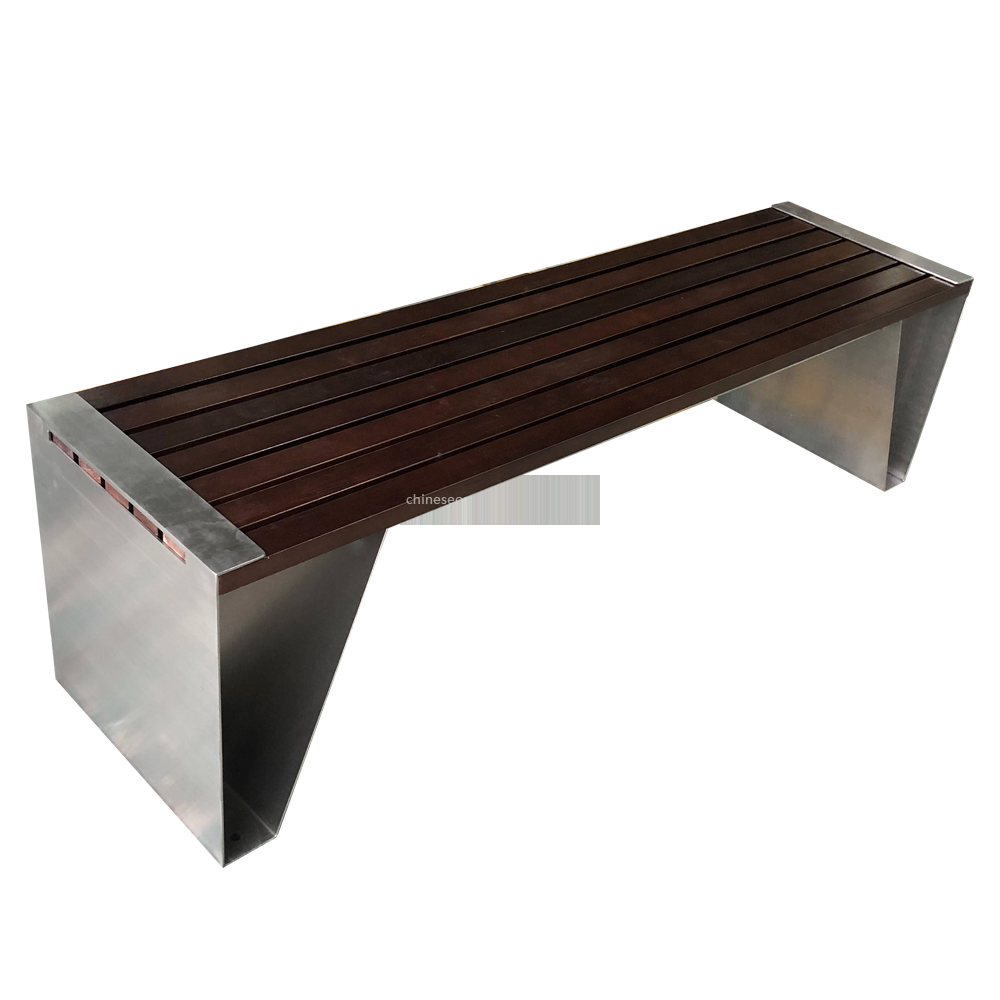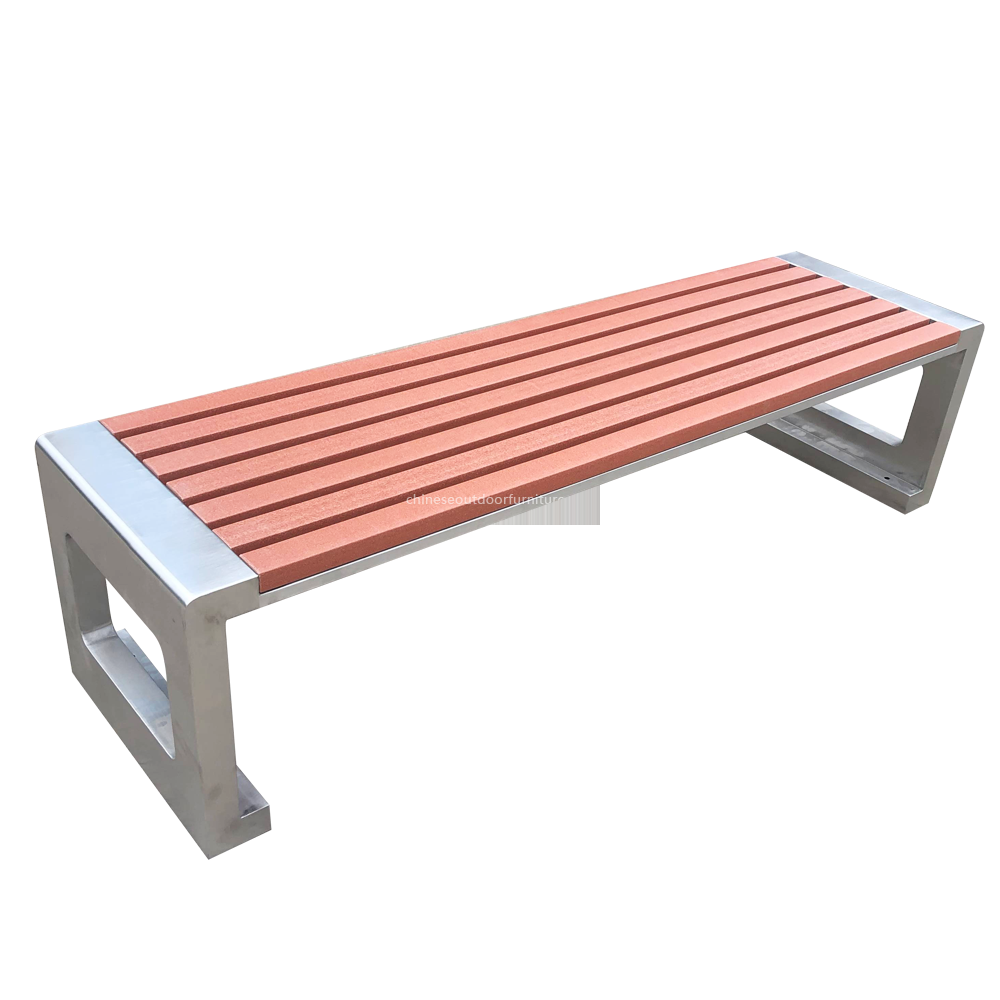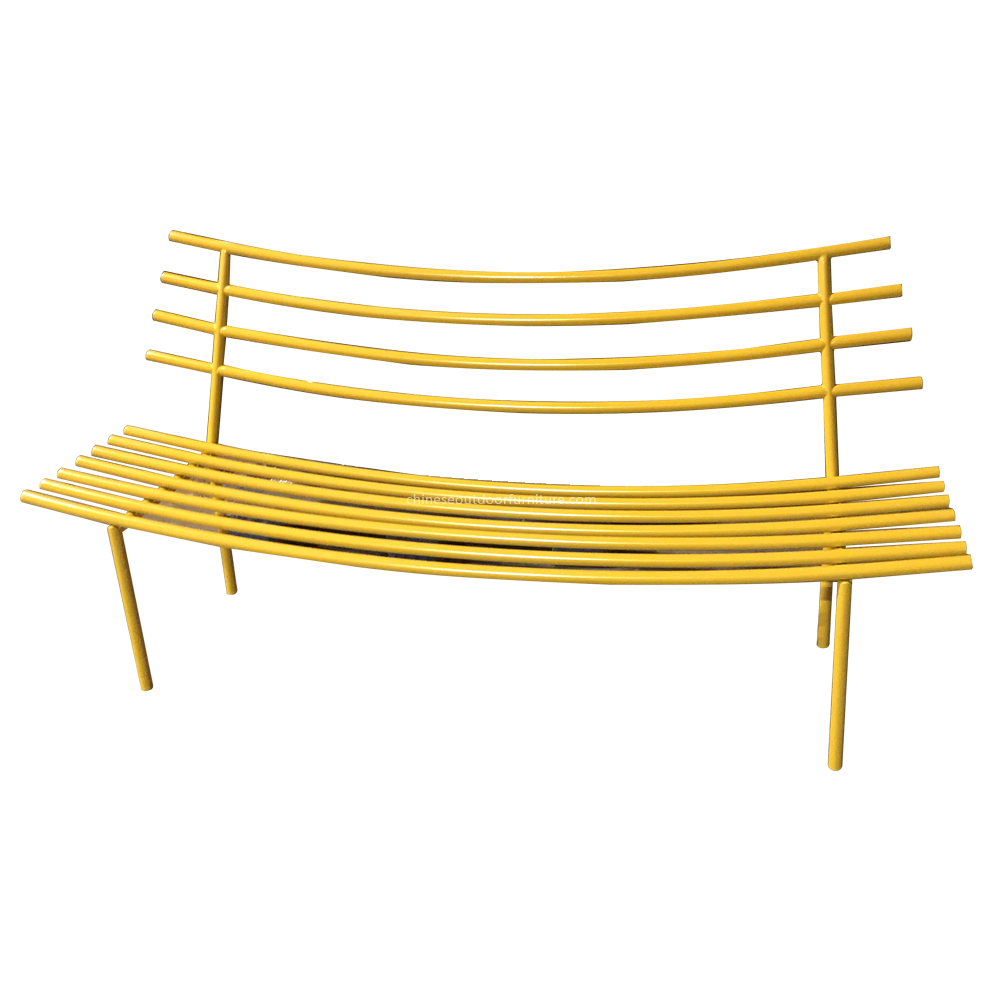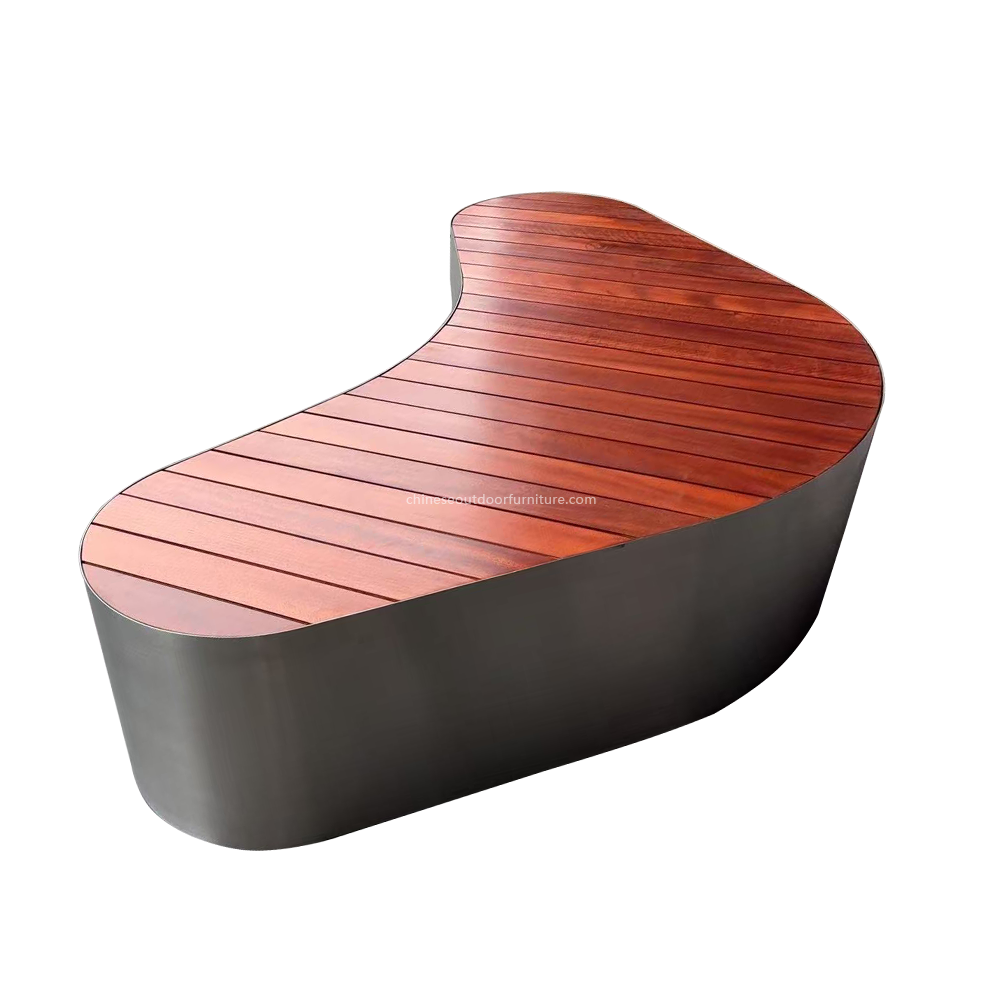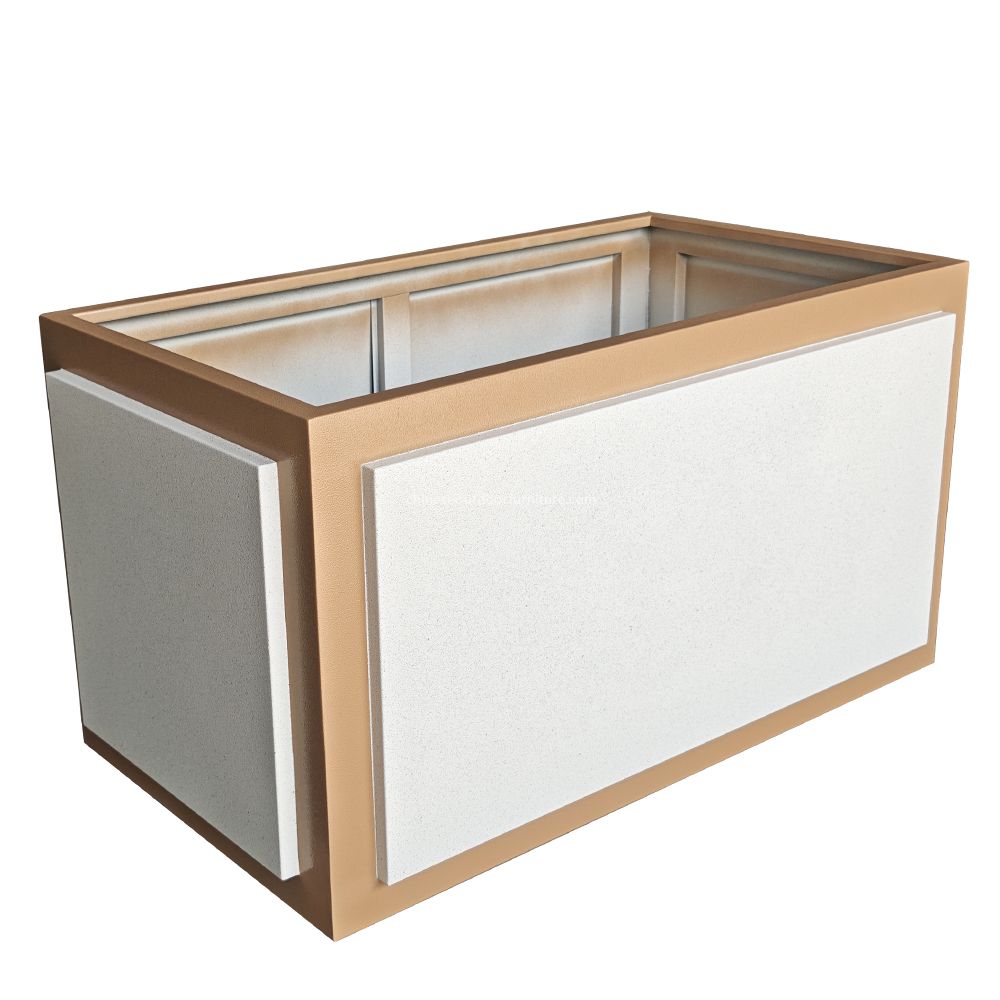What surface finishes reduce resin’s slipperiness when wet?
Resin is a versatile material widely used in various applications, from flooring to countertops. However, one common issue with resin surfaces is their slipperi...
READ MORE...How do manufacturers ensure uniform WPC texture?
Manufacturers ensure uniform WPC (Wood-Plastic Composite) texture through a combination of advanced production techniques, rigorous quality control, and precise...
READ MORE...Are resin tables prone to sink marks during injection molding?
Resin tables, like many plastic products, can be prone to sink marks during the injection molding process. Sink marks are surface imperfections that occur when...
READ MORE...What CNC machining challenges exist with composite materials?
CNC machining with composite materials presents unique challenges due to their complex properties. One major issue is tool wear, as composites often contain ab...
READ MORE...How are color pigments integrated into resin during production?
The integration of color pigments into resin during production is a meticulous process that ensures vibrant and consistent coloring. The process begins with sel...
READ MORE...What adhesives bond WPC components without degradation?
When working with Wood-Plastic Composite (WPC) materials, selecting the right adhesive is crucial to ensure a strong and durable bond without degradation. WPC c...
READ MORE...Can composite materials be thermoformed into curved designs?
Composite materials have revolutionized modern manufacturing with their versatility and strength. One common question is whether these materials can be thermofo...
READ MORE...How are resin tabletops molded to prevent air bubbles?
Resin tabletops are a popular choice for their durability and aesthetic appeal, but achieving a bubble-free finish requires careful techniques. To prevent air b...
READ MORE...